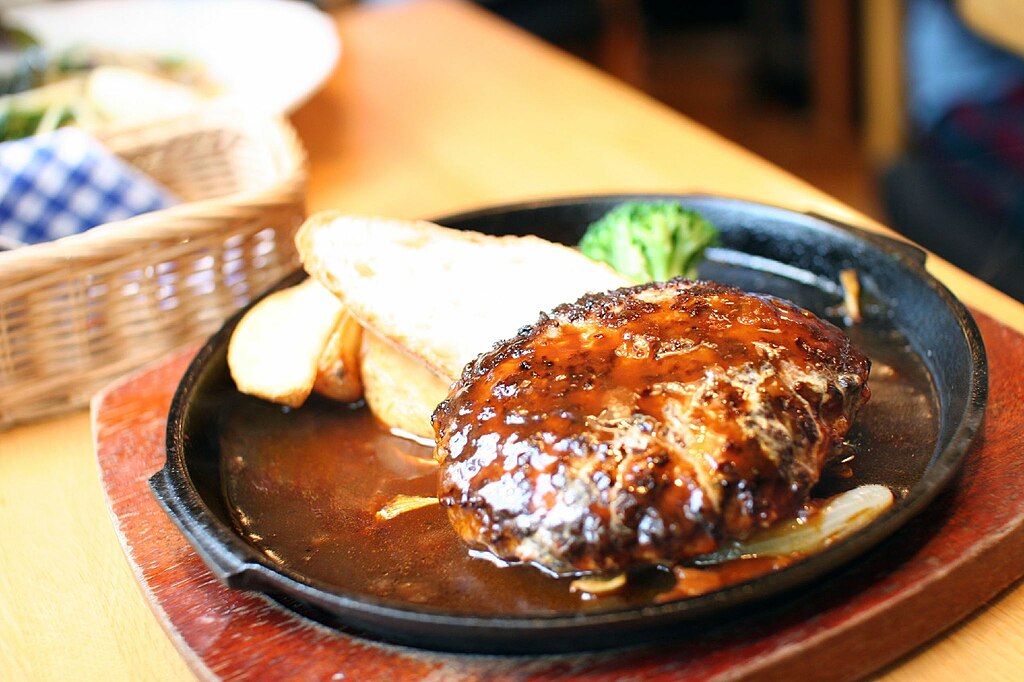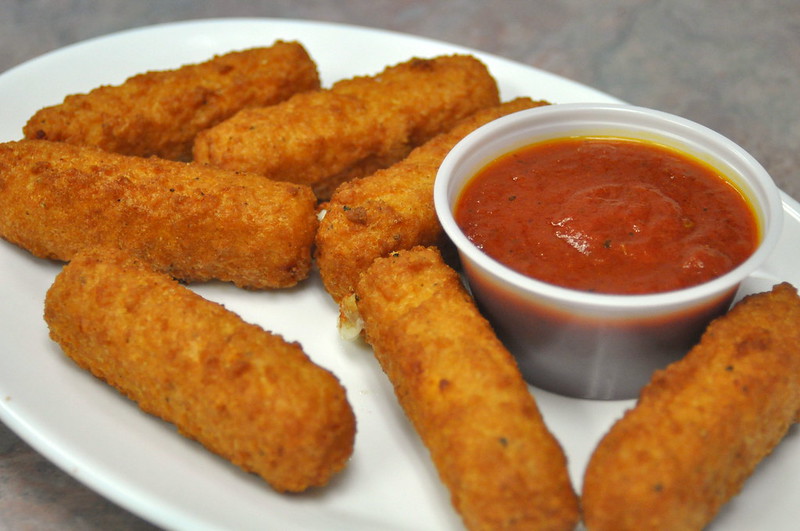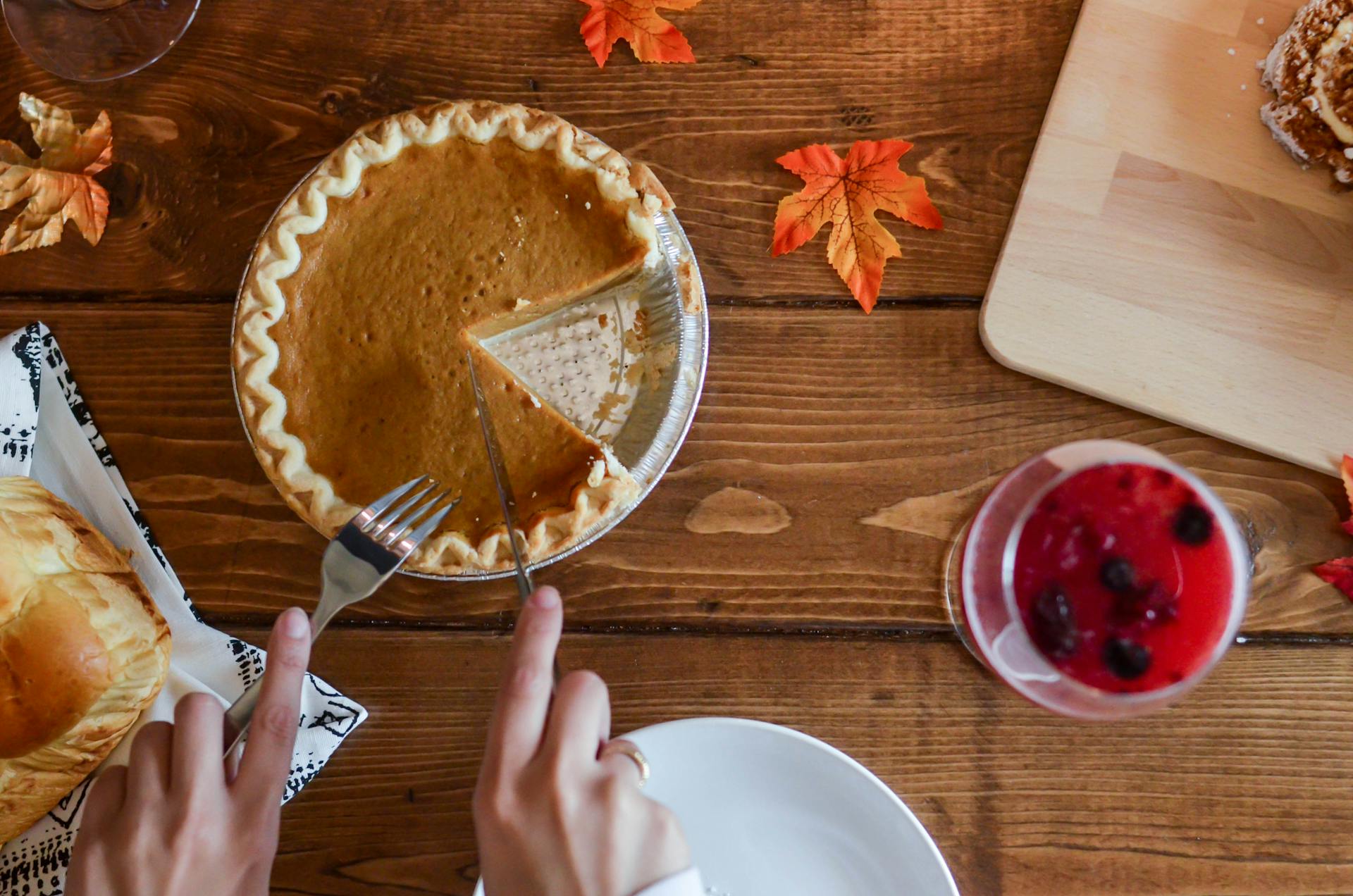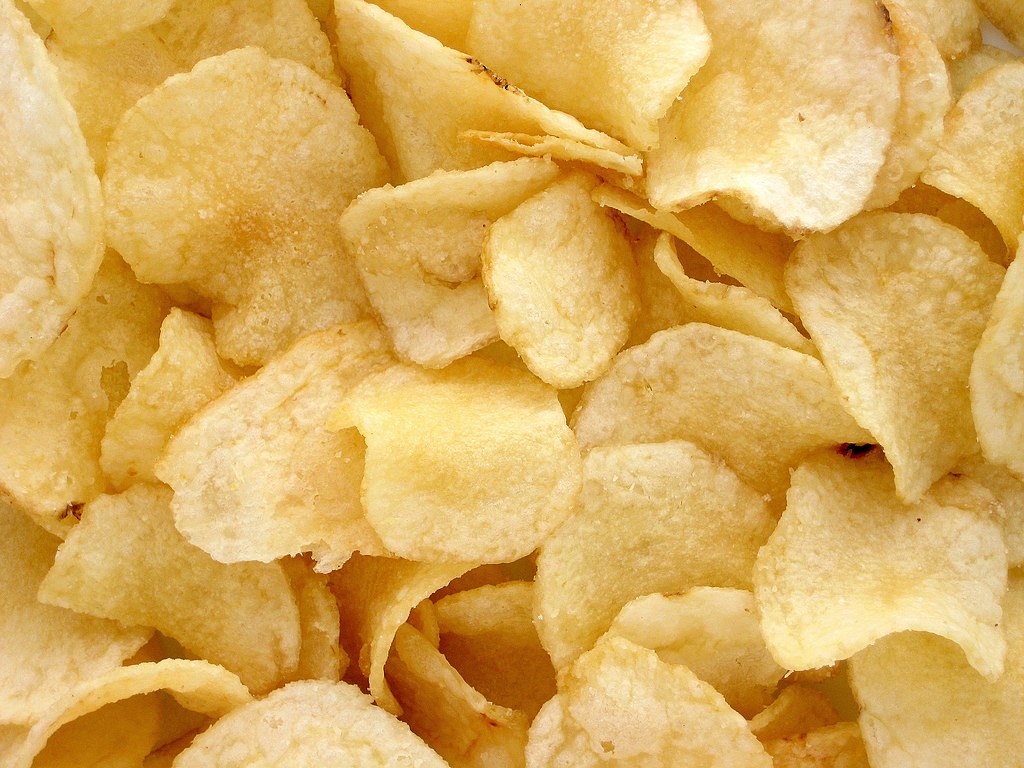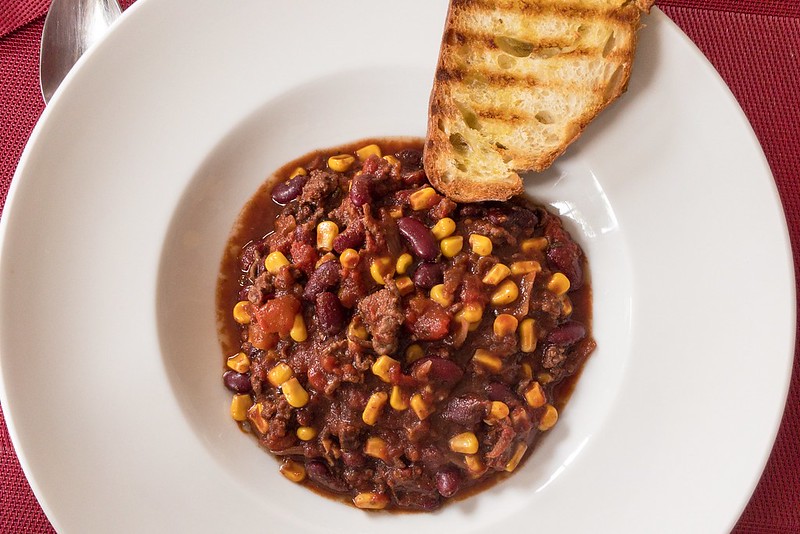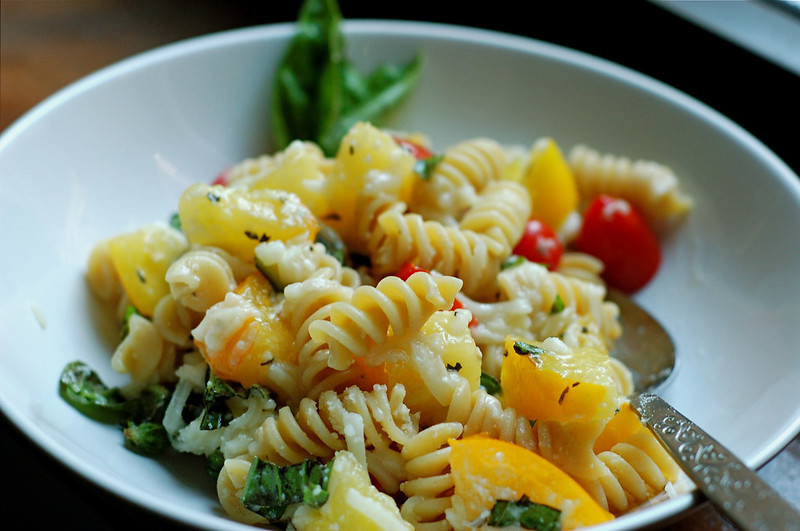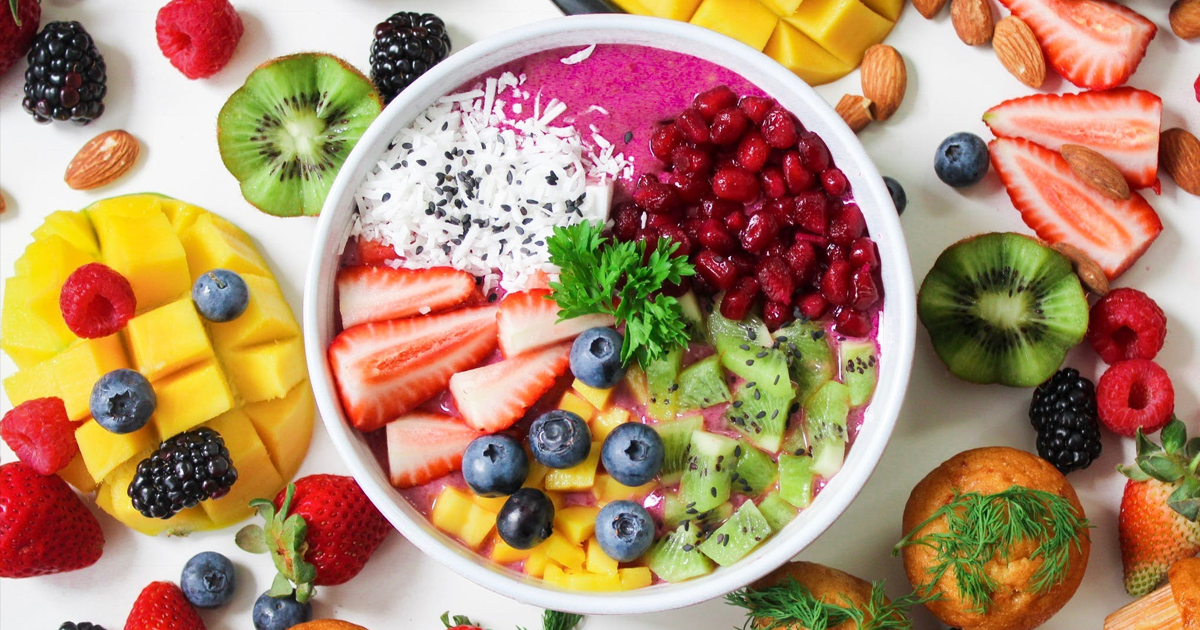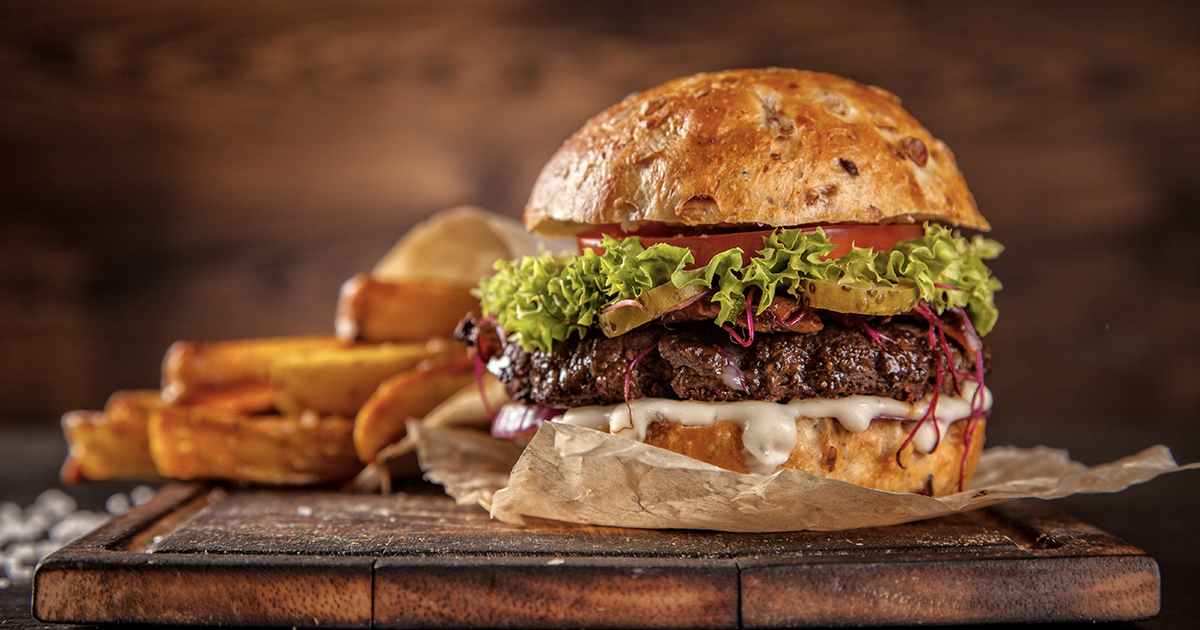I’m Eating WHAT?
Ketchup used to be made of mussels? Hamburgers aren’t American? A lot of the most popular foods that we regularly eat have origins you wouldn’t believe. From the bizarre to the downright disgusting, when it comes to beloved foods, there are a whole lot of surprises.
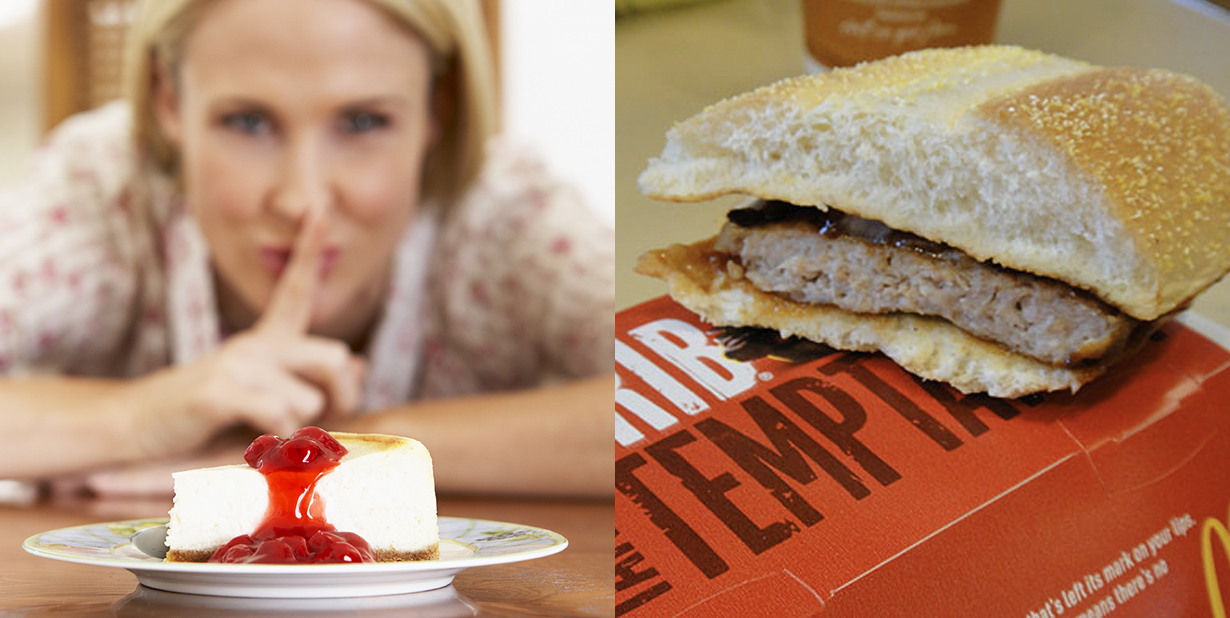
Ketchup
For years, ketchup was the most popular condiment in the USA, until it was unseated by salsa, and later, mayonnaise. Maybe that’s because people discovered what it used to be made of. In the 18th century, ketchup could be made from mussels, mushrooms, oysters, or walnuts. And the earliest recipes for tomato ketchup included anchovies.
Pez
While there are probably not that many people who’d name Pez as their favorite candy, nobody can deny the novelty and appeal behind Pez dispensers. But originally, they were just sold like regular candy, and not to children—the creator hoped that people could use Pez candy to help quit smoking or curb overeating.
 Gerka, CC BY-SA 3.0, Wikimedia Commons
Gerka, CC BY-SA 3.0, Wikimedia Commons
Cheetos
Cheetos—well, to be more specific, cheese curls, the generic name for any cheese-flavored corn-based snack like Cheetos—were invented as a byproduct of animal feed. Yup. In factories that produced animal feed, when the machine that ground dry corn got jammed up, workers would put in wet corn to dislodge it. When the wet corn got heated up in the machine, it turns into a puff.
Workers tried them—and a star was born.
 Mr. Brian, CC BY 2.0, Wikimedia Commons
Mr. Brian, CC BY 2.0, Wikimedia Commons
Hamburgers
As iconically American as they now are, hamburgers didn’t originate in the US. Now, you may be saying to yourself, “Yeah, they’re from Hamburg, Germany”. Well—yes and no. The consumption of tenderized meat patties goes back to the 13th century, when Genghis Khan and his army ate them on the road and in battle. Later, in Germany, the “Hamburg steak” came along—which was the precursor to the modern hamburger.
Caesar Salad
Despite its name, which hearkens back to ancient Rome—and its abiding presence on the menus of Italian restaurants—Caesar salad was actually invented in Tijuana, Mexico, by a chef and restaurateur named Caesar Cardini. In classic Mexican fashion, it originally had lime instead of lemon juice. It also didn’t originally have garlic or anchovies—Cardini considered the Worcestershire to enough umami on its own.
Nutella
Though it hasn’t had the same impact in North America as it has in Europe, Nutella is a nearly-universally beloved treat for children and adults alike. Though there are no strange surprises in the ingredients here, it’s the texture that’s changed since its inception. The product that eventually became Nutella was originally called Giandujot—and it was a thick paste that was cut into slices, not a smooth spread.
 Janine, CC BY 2.0Wikimedia Commons
Janine, CC BY 2.0Wikimedia Commons
Buffalo Wings
Buffalo wings come, unsurprisingly, from a place called the Anchor Bar in Buffalo, New York—and have nothing to do with actual buffalo. What’s surprising is that, prior to their invention, when people ate chicken, they either discarded the wings or used them to in stock or stews. When the need for a midnight snack came up at the Anchor Bar, owner Teresa Bellissimo used what she had on hand—whipping up a spicy sauce and pouring it over fried chicken wings.
…But What About The Blue Cheese And Carrots?
Bellissimo didn’t just change the trajectory of pub food in the US when she invented buffalo wings. The story of that night also includes what she served with them—carrot sticks and blue cheese. They were all that she had in the bar, but luckily enough, it turned out to be a winning combo that’s been part of the buffalo wing experience ever since.
It’s a good thing she didn’t just have strawberries and yogurt on hand—or they might not have become as popular.
Fanta
We’ve all heard the one about Coca-Cola’s original recipe having a little Bolivian marching powder in it—but few know about the dark origins of Fanta. When the US joined WWII, Coca-Cola had to stop doing business in Germany, so the local subsidiary came up with a recipe for soda flavored by apple peels and whey…which became the official soda of the Axis forces. Yikes.
Cheesecake
Of course, there are plenty of different versions of it, but for many people, cheesecake is one of the most iconic foods associated with New York City—but it’s neither from the Big Apple nor the US at all. Cheesecake comes all the way from Ancient Greece. Athletes at the first Olympics ate mini cheesecakes for energy!
 Pilauricey, CC BY-SA 3.0, Wikimedia Commons
Pilauricey, CC BY-SA 3.0, Wikimedia Commons
Breakfast Sandwiches
Speaking of iconic NYC foods, the egg and cheese is up there—but the invention of the breakfast sandwich can be traced back to 19th century London, where workers would get soft rolls filled with egg and bacon or sausage from street carts before heading into the factory. During the Industrial Revolution, they made their way to the US.
 jeffreyw, CC BY 2.0, Wikimedia Commons
jeffreyw, CC BY 2.0, Wikimedia Commons
Popsicles
Every kid’s favorite summer treat was invented by a kid himself! 11-year-old Frank Epperson of California left out a glass of water and powdered soda overnight with a mixing stick in it. The next morning, he ran the glass under hot water and enjoyed the treat, calling it an Episicle. Later, as a dad, he made them for his kids, changing the name to “Pop’s ‘sicles” before finally patenting the product in 1923.
 Willis Lam, CC BY-SA 2.0, Wikimedia Commons
Willis Lam, CC BY-SA 2.0, Wikimedia Commons
Chocolate Chip Cookies
In the early 20th century, a woman named Ruth Wakefield was making cookies for the hotel she owned, the Toll House. The recipe was for something called “Butter Drop Do” cookies, which called for chopped nuts. She was out, so instead, Wakefield chopped up a bar of semi-sweet chocolate, expecting it to melt into the batter and turn into something of a chocolate butter cookie. Instead, they remained in shards—and the chocolate chip cookie was born.
Mozzarella Sticks
Like Caesar salad, mozzarella sticks can be found on the menu of Italian-American restaurants across North America—but the dish is neither Italian, nor American. The first mention of a fried cheese dish goes back to the 14th century and was found in a French cookbook. They do have a way with fromage over there, so it all makes sense.
Pie
The origins of pie go all the way back to ancient Greece and Rome, but they weren’t the fruit-filled desserts we all love today. Instead, most pies were savory. The surprising part is that they served a purpose—by sealing in the meat filled with dough, “pye,” as it was known, was a way to make meat last way longer.
Reuben Sandwich
It’s a classic for a reason—but it came about in a haphazard way. One night, a hotel owner in Omaha, Nebraska made a deli platter for his friends, who were playing cards. One of them put corned beef, sauerkraut, Russian dressing, and Swiss cheese on bread. His name? Reuben Kulakofsky.
Philly Cheesesteak
The famous Philadelphia cheesesteak is kind of an offshoot of another iconic American food—the hot dog. A pair of brothers named Pat and Harry Olivieri were hot dog vendors…except they got tired of hawking dogs, so they began to experiment with beef as a filling for the buns. A taxi driver happened to stop for lunch when they were working on their invention, and ordered one.
Before long, they were opening Pat’s King of Steaks, which is still a popular spot for cheesesteaks today.
 jeffreyw, CC BY 2.0, Wikimedia Commons
jeffreyw, CC BY 2.0, Wikimedia Commons
Corn Flakes
Kellogg’s founders John and Will Kellogg were attempting to make granola and were making flakes of different grains, including wheat. Eventually, they experimented with flaked corn and Will realized that he was onto something. They boxed and sold it as cereal, and Corn Flakes was born.
 Th78blue, CC BY-SA 4.0, Wikimedia Commons
Th78blue, CC BY-SA 4.0, Wikimedia Commons
Tabasco
Surprisingly, this spicy sauce has nothing to do with the Mexican state it shares a name with. It was invented in Louisiana in the late 19th century by a man named Edmund McIlhenny, who grew peppers. Once people started using it to season fresh shucked oysters, it grew in popularity and spread across the US.
Eggs Benedict
This luscious and luxurious brunch dish wasn’t invented by a fancy chef—but instead, just a very hungover Wall Street broker who wandered in the Waldorf Hotel one morning and ordered buttered toast, poached eggs, crisp bacon, and hollandaise sauce. He put it together himself, impressing the hotel’s chef, who put in on the menu with an English muffin and Canadian bacon instead.
Pink Lemonade
There are two competing stories about rhe origin of pink lemonade—one claims that a circus promotor accidentally dropped cinnamon candies in a vat of lemonade. The other claims that a circus lemonade vendor ran out of water, so he grabbed a bucket of water that a performer had washed her red tights in. Either way, we’re lucky that dye or berries are now used to color the popular drink.
TV Dinners
There were many attempts by different companies to crack the frozen prepared meals market, but none caught on until Swanson created a turkey dinner…but it came about by accident. They over-ordered turkey by mistake—to the tune of 520,000 lbs of excess meat. When it went unsold by Thanksgiving, executives begged staff to come up with a way to use it. Eventually, salesman Garry Thomas came up with the idea, popularizing not just Swanson’s turket TV dinners, but all kinds of prepared meals.
Brownies
Brownies are another food that came about by accident. According to the story, a housewife in Bangor, Maine was baking a chocolate cake, but it fell. Instead of throwing it out, she cut it into bars—and after her guests loved them and raved about them, brownies were born.
Potato Chips
It may be apocryphal, but the best origin story for potato chips is that they were borne out of spite. When a guest at a restaurant continually sent back French fries for being too thick, an irate chef decided to shave a potato to get thin slices, and then fried them til crisp. The guest actually loved them, and we got potato chips out of the whole ordeal.
Coca-Cola
As mentioned earlier, the original versions of Coca-Cola were made with some pretty risqué ingredients, like coca leaf—but that’s because the drink was meant to be a health tonic, thought to help headaches and exhaustion.
German Chocolate Cake
Here’s one with a misleading name. German chocolate cake has very little to do with Bavaria, and was actually invented in Texas. It wasn’t named that for anything having to do with the European country—the name came from Baker’s German’s Sweet Chocolate, which was used in the original recipe and was named for Samuel German, an English-American chocolatier.
 Tracy Hunter, CC BY 2.0, Wikimedia Commons
Tracy Hunter, CC BY 2.0, Wikimedia Commons
Cincinnati Chili
It’s not exactly chili as you imagine it. Cincinnati chili is a spiced meat sauce served with cheese and beans, often piled on top of cooked spaghetti. And while all the ingredients—and the strange combination of them—seems painfully American, it comes from Greek-Macedonian immigrants and is an adaptation of a spiced lamb or goat stew they’d make.
Rocky Mountain Oysters
Another dish with a strange name, Rocky Mountain oysters aren’t actually made with oysters, but bull testicles. In the Western US, the dish came about because castrating was necessary to subdue aggressive male bulls—and with few resources, ranchers realized that they couldn’t let any animal by-product go to waste. Hence, the invention of the Rocky Mountain oyster.
McRib
The McRib sparked a sensation—but it wasn’t just the product of good marketing. It was also the product of desperation at McDonald’s HQ. The McRib was invented during a chicken shortage, when McDonald’s worried that they’d lose customers if nuggets weren’t readily available.
Fried Chicken
Despite Colonel Sanders’ best efforts to make it seem that way, fried chicken wasn’t invented in Kentucky—or even in the Southern US. Way back in the medieval era, chicken was consumed by many populations across Europe—but it was in Scotland where they actually preferred to cook the bird in hot oil. Scottish immigrants brought the dish to the American South in the 19th century, where enslaved people from Africa made it into what we know today.
Chili
Chili seems like a quintessentially American dish, but it comes from Northern Mexico—and many people believe it has a supernatural origin story. According to a native legend, a Spanish nun went into a trance and spirit-walked across the Atlantic—bringing with her not just the word of God, but also a recipe for chili.
Croissants
There’s a non-zero chance that a French person might try and assassinate us for saying this but…croissants aren’t actually French. The first historical mention of a buttery, flaky crescent-shaped pastry comes from 13th century Vienna. They were known as kipfel, which translates to crescent.
Pancakes
From fluffy American buttermilk pancakes to thin French crepes to a Dutch baby, pancakes are a beloved breakfast food—but they can actually be traced back tens of thousands of years to Ancient Greece. Some historians even believe they go all the way back to the Stone Age.
Pasta
Many of us might have heard the commonly-retold story that pasta isn’t actually Italian, and that Marco Polo brought it back from a trip to China. Actually, it’s far more likely that Arabic people brought it to Italy from the area around Libya in the 5th century.
Fortune Cookies
Well, if they’re on this list, then you’re probably anticipating that we’re about to say they’re not actually from China, and that they’re actually the product of Chinese-American restaurants. Close…but not quite. Fortune cookies originated in Japan—a fact that was uncovered after a university student set out to pin down where they came from and eventually found photos taken during the 19th century in Kyoko, Japan which featured the popular cookie.
 Ksayer1, CC BY-SA 2.0, Wikimedia Commons
Ksayer1, CC BY-SA 2.0, Wikimedia Commons
Processed Cheese
Kraft Singles and Velveeta might be two of the most iconic American foods to be found on supermarket shelves—but the concept for processed cheese came from Switzerland, where it was a method of using up cheese scraps.
 PeRshGo, CC BY-SA 3.0, Wikimedia Commons
PeRshGo, CC BY-SA 3.0, Wikimedia Commons
Fish And Chips
Though the dish has a strong association with the Brits, fried fish made its way to the UK via Jewish immigrants from Spain and Portugal, while French fries arrived from Belgium. However, we can always let the Brits get away with taking credit for adding mushy peas as an accompaniment.
Danish Pastries
Okay, so, they are technically from Denmark—but we wouldn’t have them without Austrian bakers. During a strike by angry Danish bakers, Austrian bakers came over to fill in, and started whipping up flaky pastries with a variety of fillings. The Danish bakers could’ve been angry, but instead, they embraced the popular pastry and kept on making them. The Danish name for them actually translates to “Viennese bread”.
 Ralbahitha, CC BY-SA 4.0, Wikimedia Commons
Ralbahitha, CC BY-SA 4.0, Wikimedia Commons
Chicken Tikka Masala
It can be found on the menu of many Indian restaurants across North America, but the dish actually has its origins in Glasgow, Scotland. Chicken tikka, a separate dish, is from Bangladesh and is chicken marinated with yogurt and spices and cooked over hot coals. Chicken tikka masala takes that and then adds a thick sauce made from tomatoes. It was created in the 1970s by an Indian chef living in Glasgow.



